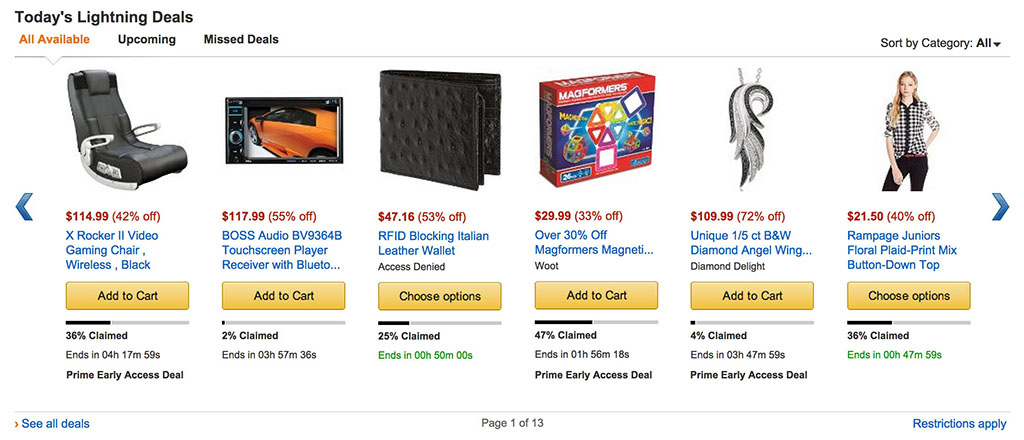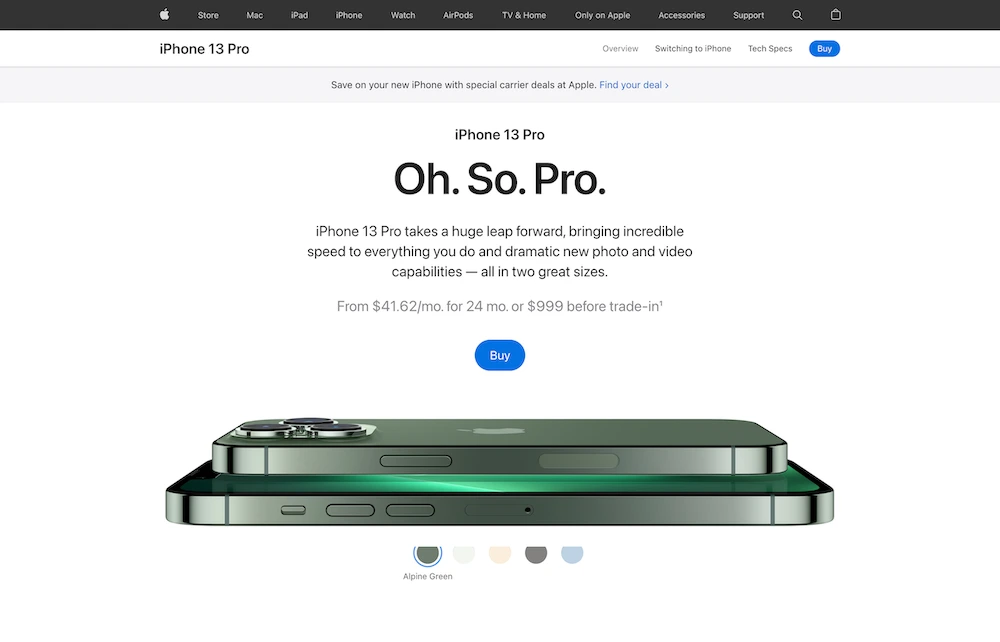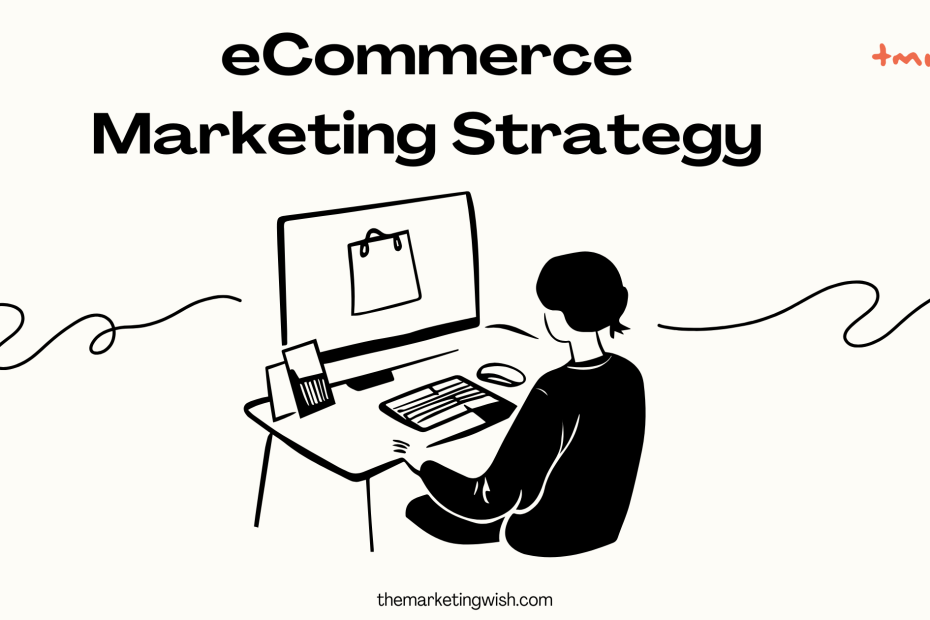If you want to sell, you must help others solve a problem. I recently came across a series on Netflix called “BUY NOW” that unmasked some successful eCommerce Marketing strategy examples that help companies make millions of dollars in revenue.
As someone who transitioned from psychology to marketing, I have a deep fascination with human behaviour and its connection to marketing strategies. Each month, I compile a list of documentaries, books, and case studies that inspire my learning journey. This led me to discover the Netflix documentary “BUY NOW.” As I watched each episode unfold, I couldn’t shake the uneasy feeling growing within me.
Why?
Because there’s a fine line between marketing and manipulation.
Baseline marketing involves:
- Understanding the human psyche,
- Gathering data,
- Analysing it,
- And finally, optimising the data to sell more.
Note: Every successful business uses some form of manipulative marketing. However, it is up to marketers to make sure we are delivering high-value and genuine support to our customers.
11 eCommerce Marketing Strategies That Work
Here are the top 11 eCommerce marketing strategy that can help your business stand out:
1. Emotional Manipulation Drives Consumer Behavior
- Explanation: Emotional appeals are powerful motivators in marketing. Whether tapping into joy, fear, pride, or nostalgia, emotions drive purchasing decisions more effectively than logic. This eCommerce marketing strategy works to create emotional connection and belongingness.
- Example: Coca-Cola’s campaigns often evoke feelings of happiness and togetherness, associating the brand with cherished moments.
- Lesson: Use emotional storytelling to connect with your audience, but avoid exploiting vulnerabilities, as this can harm your brand reputation.

2. Urgency and Scarcity Sell
- Explanation: Creating a sense of urgency or scarcity triggers FOMO (Fear of Missing Out), compelling consumers to act quickly.
- Example: Amazon’s “Lightning Deals” countdowns or Supreme’s limited-edition drops build immediate demand.
- Lesson: Employ urgency sparingly and authentically to avoid consumer fatigue or skepticism.

3. Transparency Builds Trust
- Explanation: Consumers value honesty about a brand’s practices, pricing, and impact. Transparency fosters trust and long-term loyalty.
- Example: Starbucks has made transparency a key part of its brand strategy by openly communicating about its sourcing practices. They ensure their coffee is ethically sourced through the Coffee and Farmer Equity (C.A.F.E.) Practices. They make sure that farmers are paid fairly and their environmental impact is minimised. The company also discloses its environmental impact and the steps it’s taking to reduce waste, energy use, and water consumption.
- Lesson: By being transparent about their operations, brands can not only build trust but also appeal to socially conscious consumers who want to support ethical businesses. Transparency in sourcing can turn a routine purchase into a meaningful action for the consumer.

4. Over-Promise, Under-Deliver Is Risky
- Explanation: Exaggerated claims can lead to customer dissatisfaction and damage brand reputation when expectations aren’t met.
- Example: Samsung marketed the Note 7 as the next big thing in smartphones, with innovative features and top-tier performance. However, after the launch, multiple units began catching fire due to battery issues. Samsung had to recall the product, which resulted in major financial loss, a damaged reputation, and a loss of consumer trust.
- Lesson: Over-promising innovation without thorough testing can lead to catastrophic results. It’s crucial to deliver on product quality and ensure reliability before creating hype. Therefore, be realistic in your promises. It’s better to under-promise and over-deliver.

5. Leverage Social Proof Responsibly
- Explanation: Social proof, such as reviews, endorsements, and popularity metrics, helps build credibility and influence consumer choices.
- Example: Netflix highlights “#1 in Canada Today” on trending titles to encourage viewership.
- Lesson: Ensure social proof is authentic. Fake reviews or misleading claims can lead to consumer distrust.

6. Create Community and Loyalty
- Explanation: A strong community fosters loyalty and advocacy. Consumers want to feel they’re part of something bigger than themselves.
- Example: Glossier has leveraged social media platforms, particularly Instagram, to create a loyal community of beauty enthusiasts who actively share their experiences and product reviews. The brand encourages customers to post selfies using Glossier products, often featuring these photos on its official social channels. This sense of inclusion makes customers feel like they are part of the brand’s story. Additionally, Glossier offers rewards and exclusive access to new products for loyal customers, enhancing the sense of belonging. Their “Skin first, makeup second” philosophy also resonates with customers, building a lifestyle and a community around the brand, not just the products.
- Lesson: Build a brand community through shared values, user engagement, and rewarding loyalty.

7. Sustainability as a Value Proposition
- Explanation: Another eCommerce marketing strategy that is tricker than it looks is sustainability. Consumers increasingly prefer brands that prioritize sustainability, seeing it as a core value rather than a trend.
- Example: Patagonia’s “Don’t Buy This Jacket” campaign encouraged mindful consumption while promoting the brand’s environmental ethos.
- Lesson: Authentic sustainability initiatives can differentiate your brand, but avoid greenwashing at all costs.

8. Acknowledge the Role of Ethics
- Explanation: Ethical practices in sourcing, advertising, and business operations resonate with socially conscious consumers.
- Example: Ben & Jerry’s integrates social justice into its branding, actively addressing ethical issues alongside selling ice cream.
- Lesson: Incorporate ethics into your brand narrative to build trust and align with modern consumer values.

9. Simplify the Consumer Decision-Making Process
- Explanation: A seamless and straightforward buying journey reduces friction, making it easier for consumers to convert.
- Example: Apple’s minimalist product pages focus on key benefits and clear CTAs, eliminating decision paralysis.
- Lesson: Simplify navigation, messaging, and checkout processes to enhance the customer experience.

10. Continuous Consumer Education
- Explanation: Educating consumers about your product, industry, or values builds trust and positions your brand as an authority.
- Example: Shopify offers continuous consumer education through its “Shopify Academy,” providing free courses and tutorials for entrepreneurs looking to build and grow their online stores. It also has a comprehensive help centre, blog, and community forums where users can access tips, best practices, and expert advice on eCommerce, marketing, and store management.
- Lesson: By offering ongoing education and resources, Shopify empowers users to succeed on its platform. This not only enhances the customer experience but also builds trust and long-term loyalty by positioning the brand as a valuable partner in business growth.

Conclusion
These ecommerce content strategies reflect the evolving dynamics of consumer behaviour and the need for ethical, effective marketing. Brands that master these tactics not only drive immediate sales but also cultivate trust, loyalty, and sustainability, ensuring long-term success in an increasingly discerning marketplace.
If you’re facing challenges with your marketing strategy, book your free consultation, and we’ll help you develop a powerful marketing framework to drive your success.
Hola! I’m Sakshi, a marketing geek. With 7+ years of experience in marketing, I like creating impactful content. You will usually see me hiking and looking at the skies.
